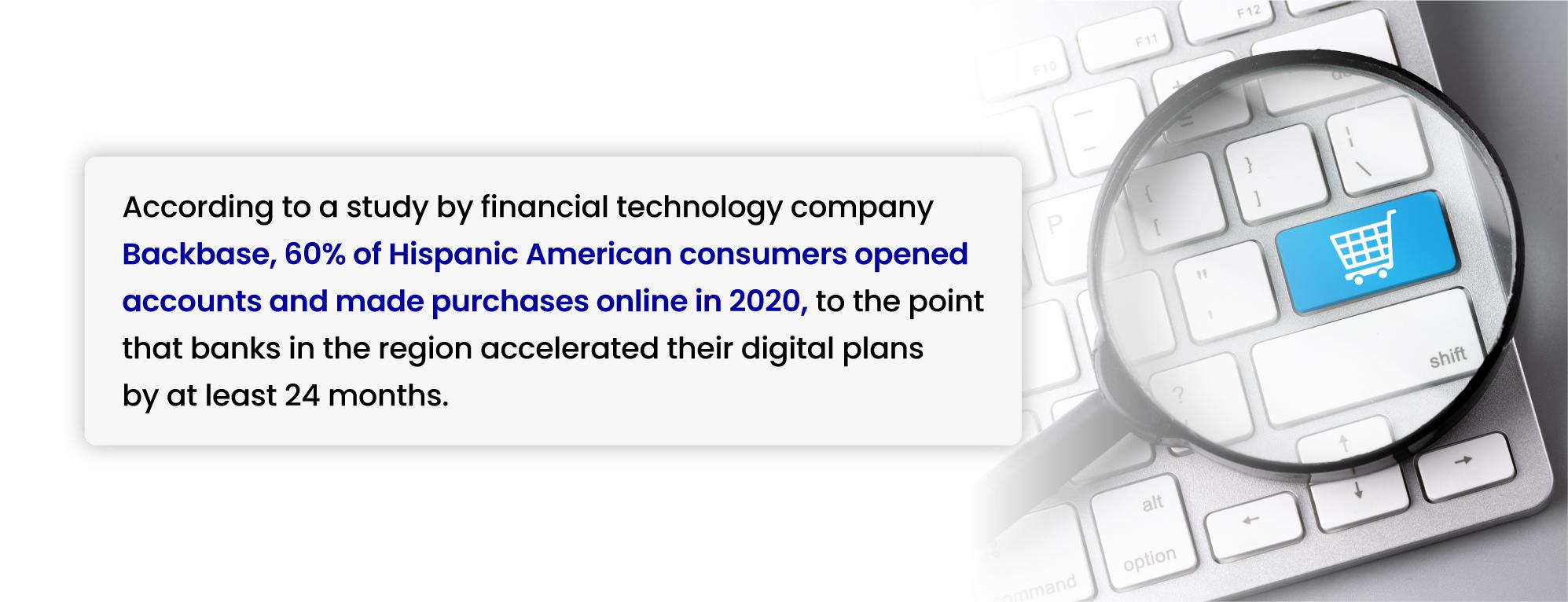Insights
What features should the payment gateway of my digital platform have?
4 min read. Johan Bernal
Johan Bernal
Johan Bernal
Marketing SpecialistE-commerce has become one of the most important dynamics of the current global commercial scenario.
With the arrival of the pandemic, many companies and entrepreneurs decided to start promoting and selling their products and services virtually, as a consequence of the well-known sanitary restrictions.
Due to this, the implementation of digital sales channels increased considerably, worldwide, in addition to the number of online purchases. Particularly in the region, the indicator varied positively.

And leveraging the market trend, today the implementation of digital channels that have payment gateways has become an increasing priority. That is why in Axiacore we tell you what should have the payment gateway of your digital platform, to be useful, practical, and functional:
But what is a payment gateway?
A payment gateway is a tool through which we make purchases on the Internet. Today it is vital within companies, as it facilitates purchasing processes between businesses of all sizes and customers, and allows anchoring with secure banking platforms and easy access. The differential of the gateway is that it ensures confidentiality and data protection at all times.
How to choose the best payment gateway?
The goal is to find the gateway that best suits your business and that as far as possible meets all these characteristics:
Integration and usability.
The first thing you should consider is the integration of your payment gateway with your digital platform. The objective is to know if plugins or any particular extension are necessary and to know it first hand.
There are other cases in which it is necessary to install some software, and therefore you should be aware of the technical requirements of your hosting or the technology used on your website. In general, the integration of a gateway is usually simple and even more so with the services of a web developer.
If you decide to contract a virtual point of sale (POS) terminal, you need the approval of the bank and permission to contact the provider. This is the process that usually takes the longest.
However, the virtual POS is one of the payment options with which customers are most familiar and the fact that it has the backing of a bank makes it reliable.
Current consumer trends indicate that you should choose a gateway that accepts payments from mobile devices, as online purchases from mobile devices will continue to grow.
Cost of Service
In an integration process costs are variable. It all depends on your eCommerce platform, its flexibility, and its adaptability. It is best to hire specialized personnel to avoid unnecessary risks.
In some cases, the payment gateway is kept active through a "maintenance fee", which you must pay on a monthly basis, but the costs per transaction usually vary according to the gateway and the volume of the sales process.
If you decide to use a virtual POS, you should know that the transaction fees vary according to the conditions set by the bank. Generally, these commissions are around 1%
Direct payment management
A simple and uncomplicated checkout increases the user's positive evaluation of your business.
Ideally, a platform should have an API, which refers to an Application Programming Interface, which is one of the tools that allows you to connect services and data with which you can improve the experience and anticipate the interests and consumption habits of your users.
A suitable API guarantees advanced control of payments, better data management, and better positioning against the competition.
By knowing your customer, you will not only be able to provide them with better services, but you will also be able to add more value to the interaction by offering them new purchasing opportunities.
Among the most outstanding features of an API is the fact that it allows payment to be made on the merchant's own website. This way, the customer does not have to go to external websites, nor does it add steps and time that make the payment process more difficult.
Ideally, APIs should be programmed to work in a responsive way, both on mobile and other devices.
Platform security
Among the most well-known security requirements for a payment platform are:
- SSL security certificates: (Secure Socket Layer) These let you know when a server is secure. One of the main contributions of this technology is the encryption of transaction data between the three parties (banks, card issuer, and online store).
- Address Verification Systems (AVS): Its function is to ask the buyer for the fiscal address to which the card is linked. It is an anti-fraud mechanism that makes it possible to authenticate the identity of the buyer by corroborating that he/she is really the owner of the card.
- PCI Regulation: This process is responsible for compliance with Payment Card Industry standards. Whether it is a service provider (card issuers, payment gateways, among others) or financial institution, any business that processes, transmits, or stores payment card data (credit or debit) must comply with a set of standards established by the PCI SSC (Payment Card Industry Security Standards Council).
The goal of these standards is to reduce the risks of fraud and other vulnerabilities by protecting cardholder data. Compliance with these standards provides consumers with confidence, which will be directly reflected in the brand's reputation.
Support
Two very important issues come into play here:
- Acceptance of international currencies.
- Customer service-technical support.
Many of the gateways accept a wide range of currencies so it is only a matter of verifying which one best suits your interests, however, in some Latin American countries it is common that some platforms are stronger and better known than others, so the idea is to look for a gateway that allows you to unite the largest number of places or territories that are your business objective.
The best option should be a gateway that combines the usual communication channels for the user. The best-known and most common method is email. There are customers who prefer a more personalized treatment and some gateways use the phone (PayPal in some countries) or a chatbot, it all depends on the service you provide, the product you offer, or the preferences of your target audience.
And well, once you have taken into account all these considerations, it is time to invest to implement your payment gateway, remember that in Axiacore we help you to create your digital platform and we can help you with the integration so you can have a great sales experience and your business can be strengthened in the digital world.

Written by Johan Bernal
 Johan Bernal
Johan Bernal
Johan is a creative professional skilled in developing and executing effective marketing strategies. Their expertise in market analysis and campaign management drives brand awareness and customer engagement.
